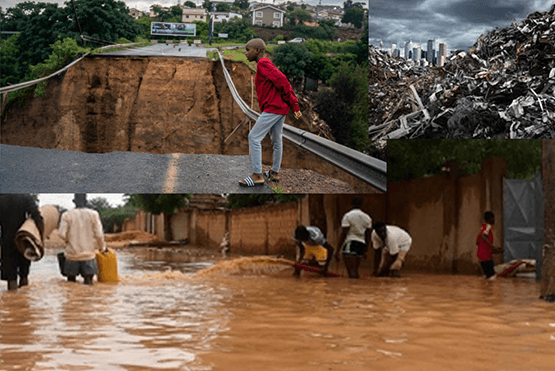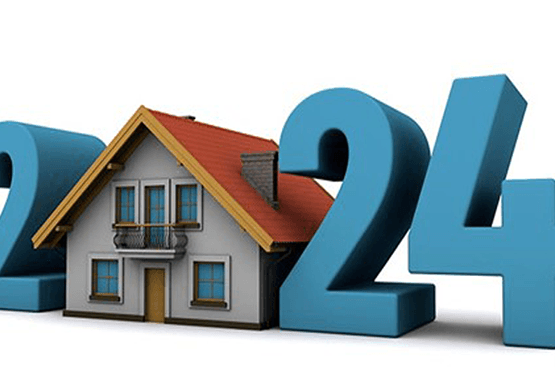Welcome to a detailed exploration of Climate-Resilient Housing in African Regions Prone to Natural Disasters. In this article, we will delve into the critical topic of providing shelter that can withstand the challenges posed by Mother Nature in vulnerable regions. You will find valuable information, expert insights, and actionable solutions to ensure safety and sustainability.
The Importance of Climate-Resilient Housing
Climate change is affecting our planet at an alarming rate, and nowhere is this more evident than in African regions prone to natural disasters. The need for climate-resilient housing has never been greater.
Understanding the Vulnerabilities
African regions are frequently hit by natural disasters, including floods, hurricanes, and droughts. These events displace communities, destroy homes, and disrupt lives.
Climate-Resilient Housing Defined
Climate-resilient housing is designed to withstand the adverse impacts of climate change. It offers shelter and protection while minimizing the damage caused by extreme weather events.
Sustainable Construction
Sustainable construction methods are at the core of climate-resilient housing. Materials and techniques that reduce the environmental footprint are utilized to create these structures.
Innovative Design Features
Climate-resilient housing incorporates innovative design elements that enhance safety and comfort. This includes reinforced foundations, storm-resistant windows, and ventilation systems.
Building a Resilient Future
The African regions prone to natural disasters need effective solutions for climate-resilient housing to ensure a brighter and safer future for their communities.
Government Initiatives
Many African governments are taking steps to promote climate-resilient housing through policies and incentives for builders and homeowners.
Community Engagement
Engaging local communities is vital in the construction of climate-resilient housing. This ensures that structures meet the unique needs of each area.
Adaptation and Innovation
Constant adaptation and innovation are key in the development of climate-resilient housing. Builders and architects are continually seeking better solutions.
Expert Insights
To shed light on this critical topic, we’ve sought the expertise of professionals who have first-hand experience in creating climate-resilient housing in African regions prone to natural disasters.
Architectural Innovations
Architect Jane Davis has spent years working on innovative housing solutions in Africa. She emphasizes the importance of integrating natural elements and sustainable materials in the design.
Construction Challenges
Renowned builder Michael Thompson highlights the challenges faced during construction in disaster-prone areas and how climate-resilient housing can overcome these obstacles.
Community Resilience
Community leader Sarah Nkosi shares the transformative impact of climate-resilient housing on the lives of residents. Strong, safe homes foster community resilience.
Climate-Resilient Housing in African Regions Prone to Natural Disasters
Climate-resilient housing offers a lifeline to communities in African regions prone to natural disasters. Its significance cannot be overstated.
FAQs
1. What makes climate-resilient housing different from traditional housing?
Climate-resilient housing is specially designed to withstand extreme weather conditions, such as hurricanes and floods, reducing the risk of damage and displacement.
2. How can local communities get involved in climate-resilient housing projects?
Local communities can participate in the planning and construction process, ensuring the housing meets their specific needs and cultural considerations.
3. Are there any financial incentives for building climate-resilient homes in Africa?
Many African governments offer incentives and subsidies to encourage the construction of climate-resilient housing, making it more accessible to the public.
4. What are the environmental benefits of climate-resilient housing?
Climate-resilient housing uses sustainable construction materials and techniques, reducing its environmental impact and contributing to a greener future.
5. Can climate-resilient housing be adapted for different climates within Africa?
Yes, climate-resilient housing can be adapted to various climates within Africa, ensuring that it is effective in protecting communities no matter their location.
6. How can I contribute to climate-resilient housing efforts in African regions prone to natural disasters?
You can support climate-resilient housing initiatives by raising awareness, donating to related charities, or volunteering your skills in construction and design.
In summary
Climate-resilient housing is a beacon of hope for African regions prone to natural disasters. It combines innovative design, sustainable construction, and community engagement to create a safer and more secure future. As our planet faces the challenges of climate change, the importance of resilient housing cannot be overstated.





